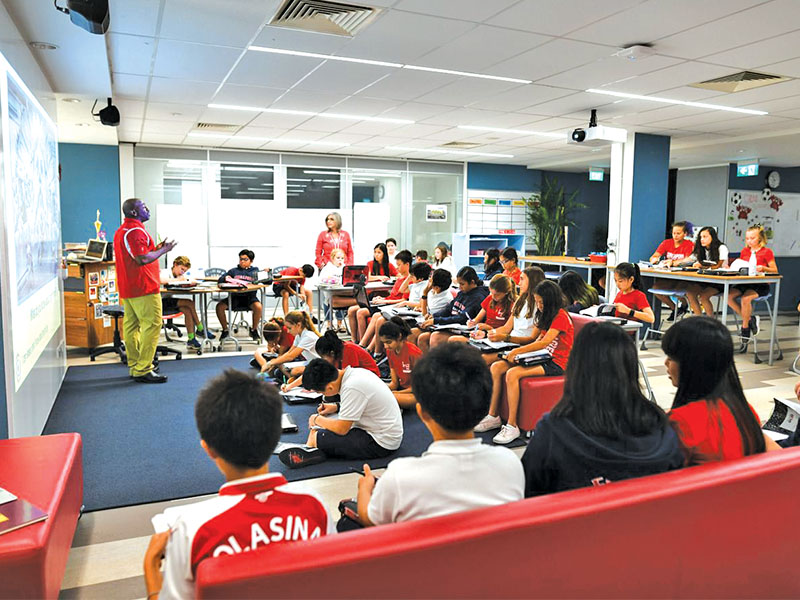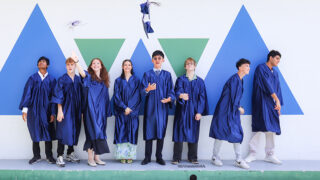Singapore American School (SAS) Superintendent TOM BOASBERG shares how learning communities create more interactive student learning and learning journey. This is the sixth instalment of a regular series on how to design a school or new campus.
The SAS campus is currently undergoing a complete redesign and major upgrade. Students have been enjoying new dining facilities and new athletic and swim facilities. Meanwhile, the brand new campus building for elementary school is scheduled to open in 2024.

How did the idea of learning communities come about?
Several years ago, we sent over 100 teachers around the world to observe high-performing schools and look for learning journey ideas that could be implemented well in our own context. Learning communities was one of those ideas that we have slowly implemented over several years. We will launch them across the entire elementary school when our new campus building is completed in 2024.
Who makes up a learning community?
It’s any group of individuals who come together to support one another in their various personal learning journeys. This includes teachers, students, counsellors and instructional assistants.
By working together in a collaborative and supportive environment, members of a learning community can help each other achieve their full potential. They will also develop the skills and knowledge they need to succeed in school and beyond.
What do learning communities at SAS look like?
A learning community essentially takes all of the great things our students currently enjoy and creates additional opportunities for them.
There are still distinct, fully enclosed classroom spaces for each class. We still have a teacher and an Instructional Assistant for every 22 students; students still enjoy a strong connection with educators like they always have.

Here’s what’s possible within learning communities:
- Students have more opportunities to collaborate and make friends with classmates. This helps make a big school feel smaller and more connected.
- They allow for greater flexibility and creativity in our teaching, which drives the environment of the student learning journey rather than vice versa.
- Greater collaboration among teachers is promoted. This results in greater consistency and quality of teaching, and creates opportunities for interdisciplinary learning.
- There’s also greater opportunities for students to feel ownership over and comfort in their physical environment among the variety of spaces available for learners with a diverse range of needs.
- When small groups come together, it increases the flexibility to meet the diverse learning needs of students and their learning journey.

Singapore American School
40 Woodlands Street 51
6363 3403 | sas.edu.sg
This article first appeared in the June 2023 edition of Expat Living. You can purchase the latest issue or subscribe, so you never miss a copy!
To make the most of living in Singapore, read our latest City Guide here for free!
Don't miss out on the latest events, news and
competitions by signing up to our newsletter!
By signing up, you'll receive our weekly newsletter and offers which you can update or unsubscribe to anytime.



